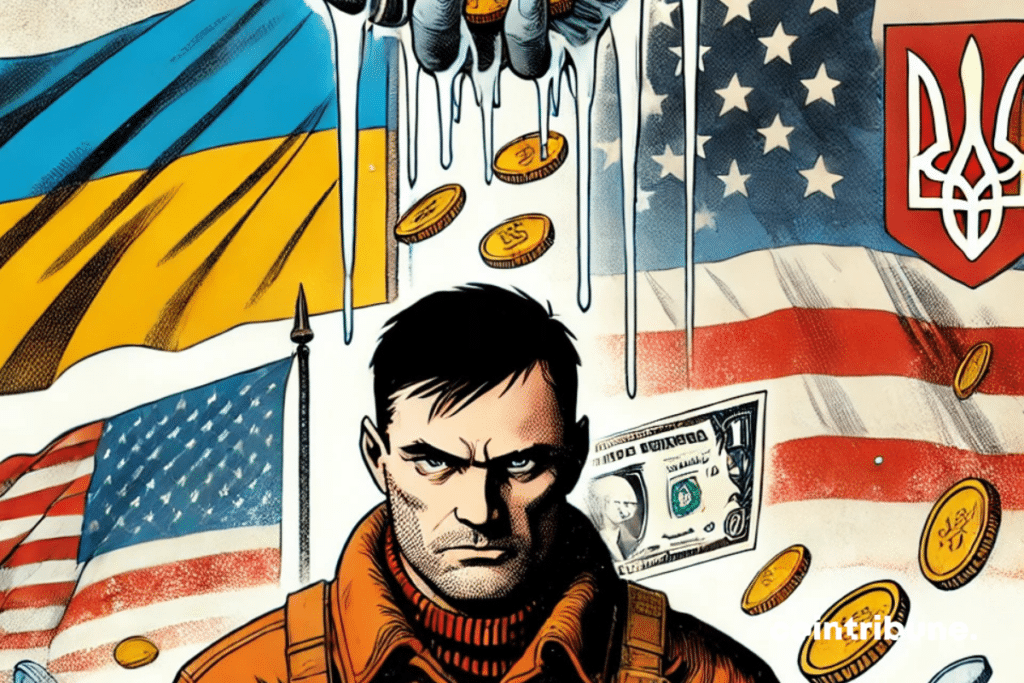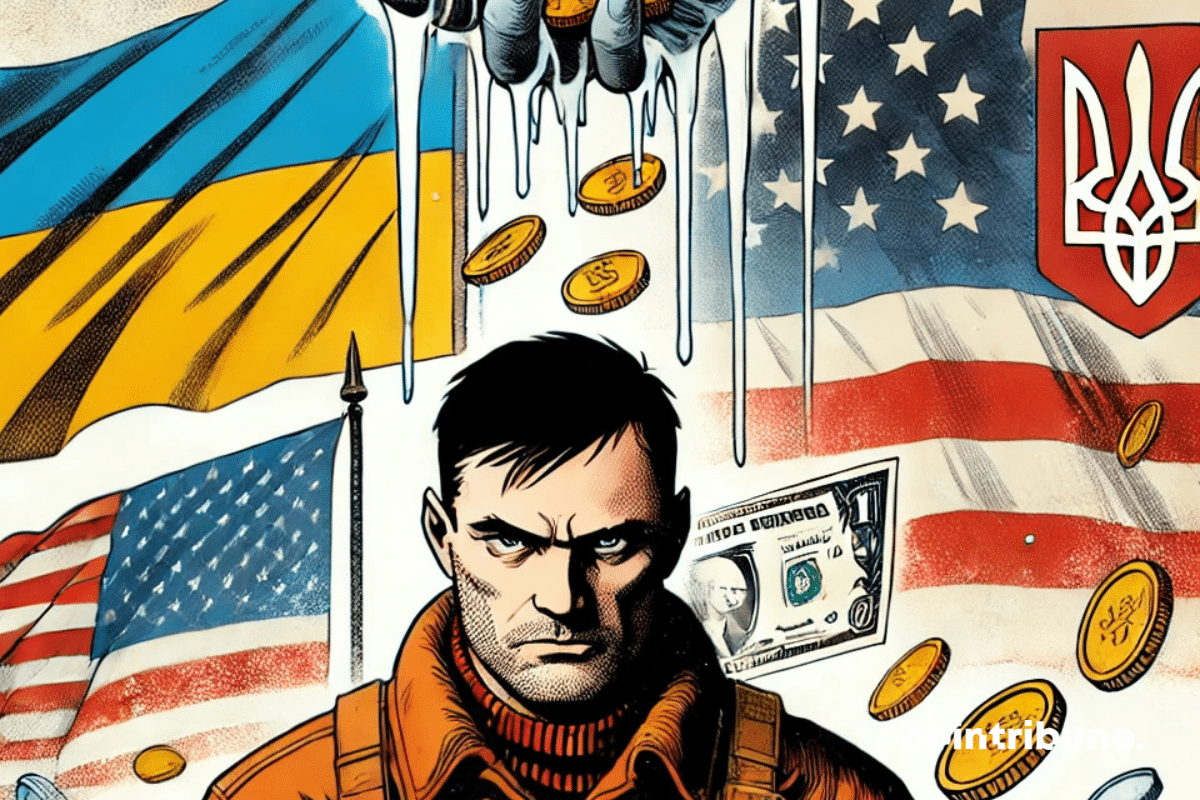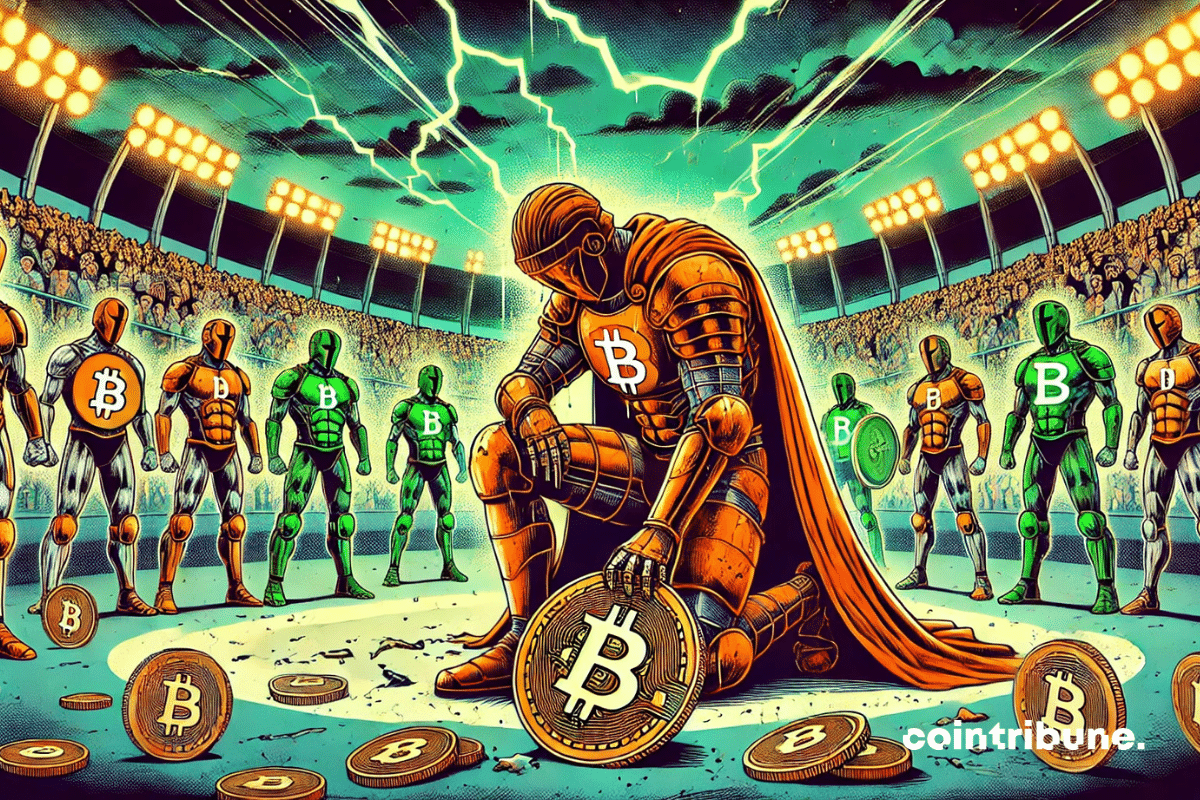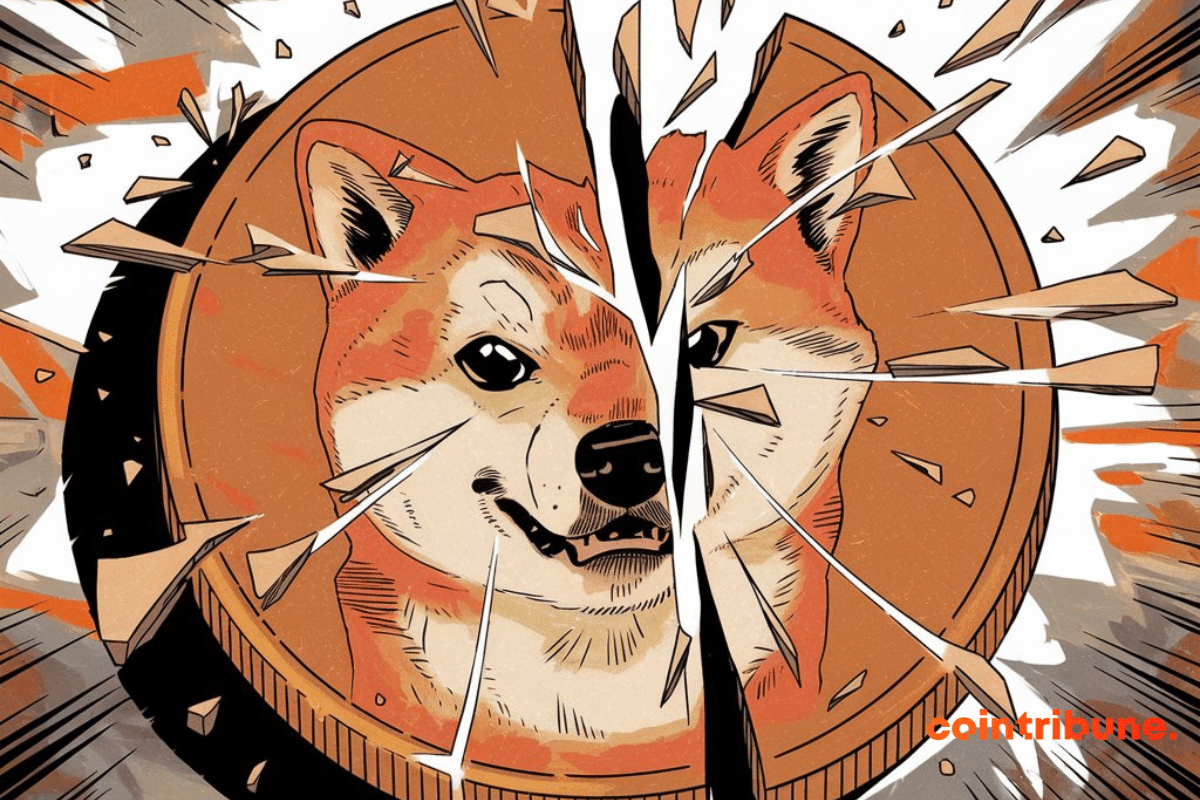13:00 ▪
5
min reading ▪ acc
This Wednesday, October 23, 2024, Washington announced a $20 billion contribution to Ukraine, a decision with serious consequences based on the use of frozen Russian assets. The move is part of a broad G7 program to bolster Ukraine’s war effort and keep economic pressure on Moscow. As 2025 approaches, negotiations over these frozen funds reveal the complexities of a conflict that is redefining international alliances and financial priorities.

Washington is going to release 20 billion dollars for Ukraine
US Treasury Secretary Janet Yellen has confirmed that the United States is close to finalizing a $20 billion loan to Ukraine. This funding comes directly from interest generated by Russian assets frozen under sanctions imposed after the invasion of Ukraine. “We are very close to finalizing this agreement, only a few details remain to be worked out,” she told a press conference during the IMF-World Bank meeting. This financial assistance is part of a wider commitment by the G7, which includes a total of USD 50 billion in support to Ukraine, which is expected by the end of the year.
Such a loan is based on an innovative mechanism where interest generated by 300 billion euros of frozen Russian assets will serve as a guarantee. These assets thus generate approximately €3 billion per year, providing crucial liquidity to finance Ukraine’s war effort and prepare for the country’s reconstruction. This mechanism also provides relief to American taxpayers, as Yellen pointed out: “The source of funding for these loans is not the American taxpayer, but the income from Russian sovereign assets mobilized in Europe.”
G7 in search of strategic unity around aid to Ukraine
In addition to the American contribution, other G7 countries play a key role in this international financial mobilization. At G7 meetings last June, leaders agreed to use Russian assets frozen in their respective jurisdictions to support Ukraine. In Europe, around 280 billion euros of Russian assets were immobilized in the Euroclear depository, mainly in Belgium. The European Parliament even approved an additional loan of 35 billion euros for Ukraine, financed by the profits generated by these frozen assets. “Russia must pay for the destruction of Ukraine,” said Swedish MEP Karin Karlsbro.
The economic sanctions do not end there. Janet Yellen also announced a new round of tough sanctions targeting third-country middlemen who supply Russia with equipment for its military. This strategy aims to strengthen Russia’s economic isolation and limit its military capabilities.
As Ukraine continues to benefit from massive financial support from the G7 countries, the sustainability of these measures is being questioned. The use of frozen Russian assets helps to avoid tax pressure on citizens of donor countries, but this strategy could face legal and technical problems in the long run. Moreover, the intensification of sanctions against Russia could provoke unpredictable reactions from Moscow, which would further complicate the international situation. In addition, the use of cryptocurrencies, in this case Bitcoin, is one of the means that Russia uses to circumvent sanctions.
Maximize your Cointribune experience with our “Read and Earn” program! Earn points for every article you read and get access to exclusive rewards. Register now and start reaping the benefits.
A graduate of Sciences Po Toulouse and holder of the blockchain consultant certification issued by Alyra, I joined the Cointribune adventure in 2019. Convinced of the potential of blockchain to transform many sectors of the economy, I made a commitment to raise awareness and inform the general public about this ever-evolving ecosystem. My goal is to enable everyone to better understand blockchain and take advantage of the opportunities it offers. Every day I try to provide an objective analysis of current events, decipher market trends, convey the latest technological innovations and put into perspective the economic and social problems of this ongoing revolution.
DISCLAIMER OF LIABILITY
The comments and opinions expressed in this article are solely those of the author and should not be considered investment advice. Before making any investment decision, do your own research.




Comment